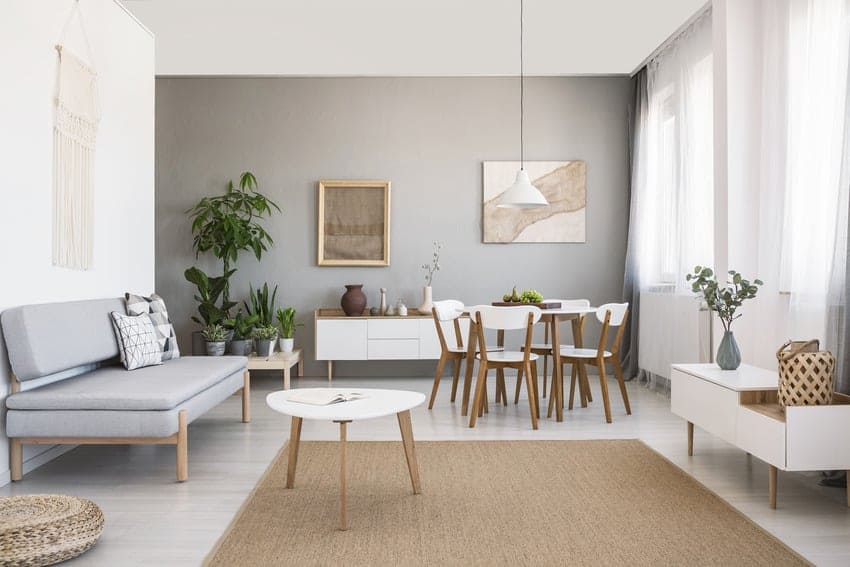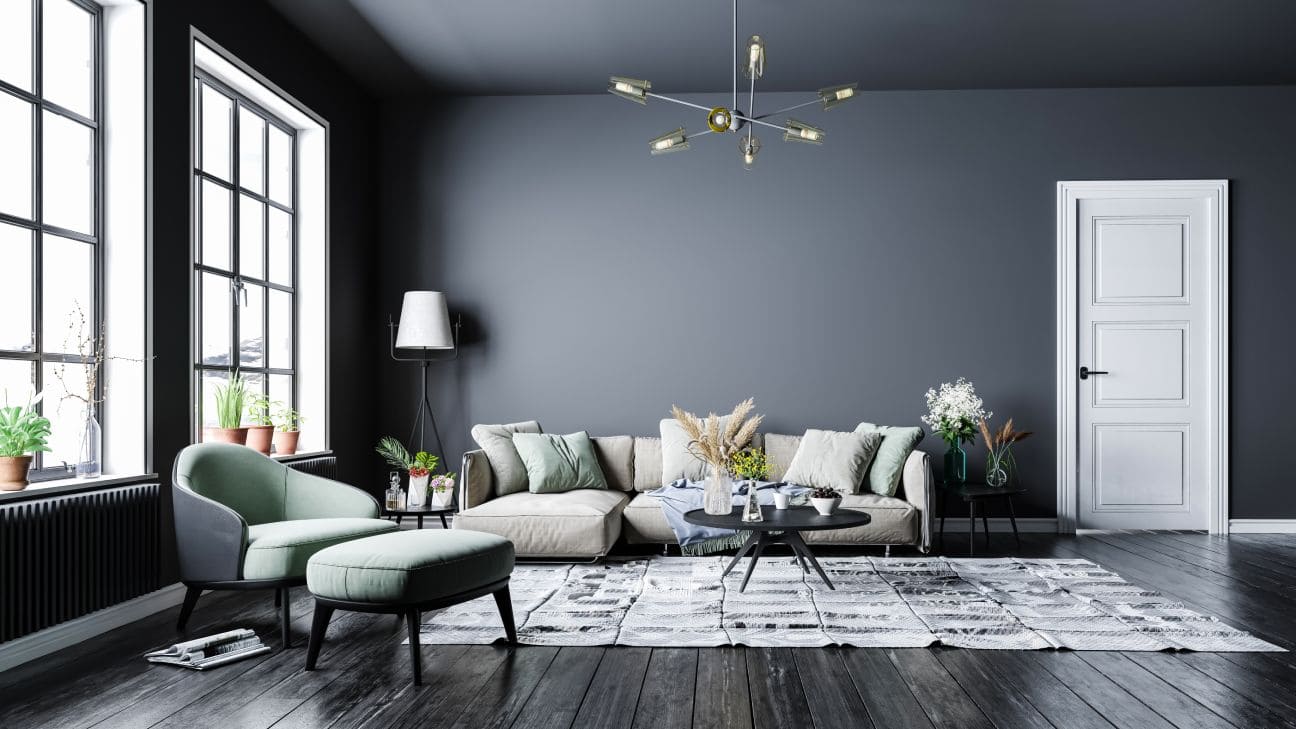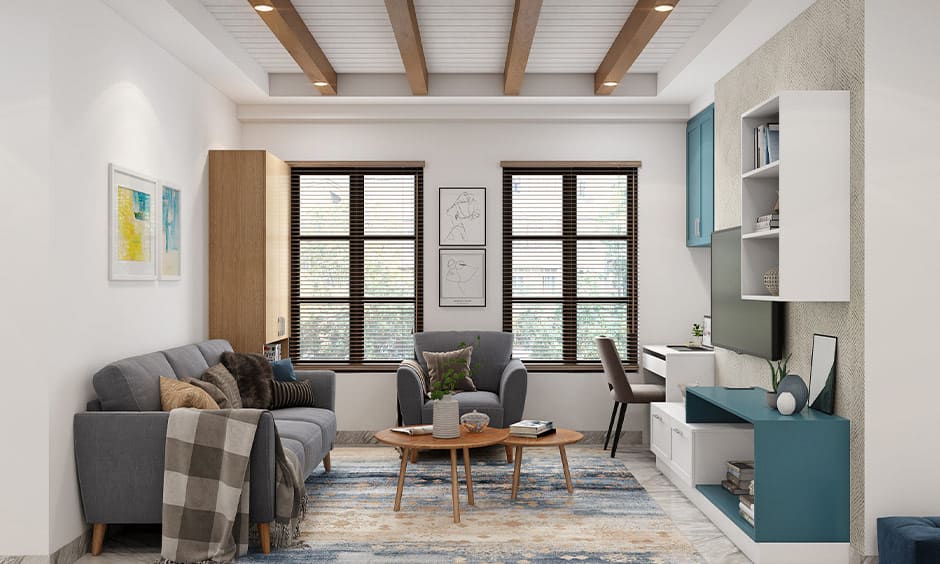In the realm of interior design, the fusion of living and dining areas has become increasingly popular. Blurring the lines between these two spaces not only maximizes functionality but also fosters a sense of openness and connectivity within the home. From cozy apartments to sprawling houses, the integration of living room and dining room areas offers versatile solutions for modern living. Let’s delve into the art of harmoniously combining these two essential spaces within your home.
Open Concept Layouts:
Embracing an open concept layout is key to seamlessly blending the living room and dining room. This design approach eliminates barriers, allowing for fluid movement and unobstructed sightlines between the two areas. By removing walls or partitions, you create a unified space that feels expansive and inviting. Consider incorporating elements like archways or columns to subtly delineate each zone while maintaining a cohesive aesthetic.
Functional Zones:
While the living room and dining room share a common area, it’s essential to designate distinct functional zones within the space. Define the living area with comfortable seating, an entertainment center, and accent rugs, creating a cozy retreat for relaxation and socializing. In the dining area, focus on a well-proportioned table, ample seating, and lighting fixtures that enhance the ambiance for meals and gatherings.
Flow and Circulation:
Pay attention to the flow and circulation between the living and dining areas to ensure practicality and ease of movement. Arrange furniture in a way that facilitates natural pathways while avoiding overcrowding or blocking access points. Consider the placement of doors, windows, and traffic patterns to optimize the layout and enhance the overall functionality of the space.
Unified Design Scheme:
Maintain a cohesive design scheme throughout the combined living and dining areas to create visual harmony. Coordinate colors, textures, and finishes to tie the space together seamlessly. Whether you opt for a monochromatic palette for a modern look or incorporate complementary hues for added depth, consistency in design elements fosters a sense of cohesion and sophistication.
Flexible Furnishings:
Choose versatile furnishings that serve dual purposes to maximize the functionality of the space. Opt for a dining table that can extend to accommodate larger gatherings or consider seating options in the living area that can be easily rearranged to accommodate different activities. Modular furniture pieces and multifunctional storage solutions are also excellent choices for optimizing space in a combined living and dining area.
Strategic Lighting:
Lighting plays a crucial role in defining the ambiance and mood within the living room and dining room spaces. Incorporate a combination of overhead lighting, task lighting, and accent lighting to illuminate each area effectively. Dimmer switches allow for adjustable lighting levels, catering to various activities and occasions. Additionally, natural light enhances the sense of openness and vitality, so maximize windows and consider light-filtering treatments to create a welcoming atmosphere.
Personalized Touches:
Infuse your personality and style into the combined living and dining areas through thoughtful decor and accessories. Display artwork, decorative accents, and personal mementos that reflect your tastes and interests, adding character and charm to the space. Incorporate elements of nature, such as indoor plants or botanical prints, to bring a sense of tranquility and freshness into the home.
Spatial Planning:
Prioritize efficient spatial planning to optimize the functionality and aesthetics of the combined living and dining areas. Consider the scale and proportion of furniture pieces in relation to the size of the space, ensuring a balanced layout that facilitates comfort and conversation. Experiment with different furniture arrangements to find the optimal configuration that suits your lifestyle and enhances the overall flow of the room.
Defined Focal Points:
Create focal points within the living room and dining room spaces to draw the eye and anchor the design. Whether it’s a striking fireplace, a statement chandelier, or a curated gallery wall, focal points add visual interest and serve as focal anchors for the respective areas. By highlighting key features, you create a sense of cohesion and purpose within the combined space.
Harmonious Transitions
Pay attention to the transitions between the living room and dining room areas to ensure a seamless integration. Incorporate transitional elements such as area rugs, lighting fixtures. Or architectural details to subtly delineate each zone while maintaining a sense of continuity. Seamless transitions enhance the flow and visual coherence of the space, creating a unified environment that feels cohesive and inviting.
In conclusion, the combination of living and dining room spaces offers endless possibilities for creating. A harmonious and multifunctional environment within your home. By embracing open concept layouts, functional zoning, cohesive design schemes. And strategic planning, you can seamlessly integrate these two essential areas to enhance the overall functionality. And aesthetic appeal of your living space. With careful attention to detail and a focus on unity and coherence, you can achieve a seamless fusion of living and dining areas. That reflects your personal style and enhances your everyday living experience.





